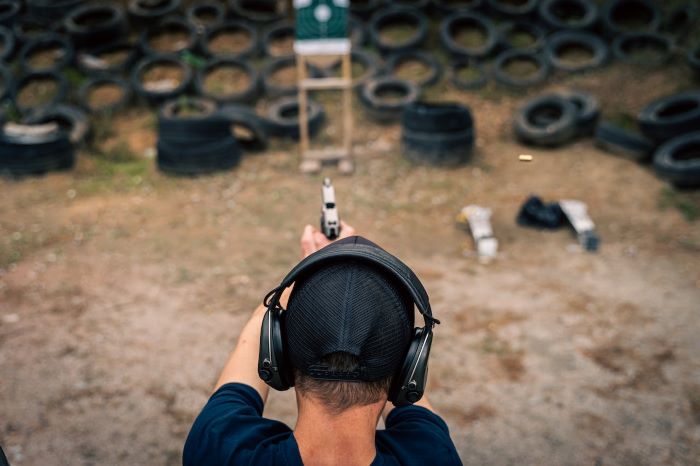Selecting the right holster is as crucial as choosing your firearm. A good holster not only ensures safety but also impacts your comfort, speed, and efficiency. Whether you’re a law enforcement officer, a competitive shooter, or a concealed carry permit holder, understanding how to pick the best holster for your needs is essential. Here are some key tips to guide you in making an informed decision.
1. Determine the Purpose of Your Holster:
The first step in choosing a holster is to define its primary use. Are you looking for a holster for everyday concealed carry, competitive shooting, or for duty use? Each purpose demands different features. Concealed carry holsters prioritize stealth and comfort, while duty holsters focus on security and accessibility. Competition holsters, on the other hand, are designed for speed and ease of draw.
2. Material Matters:
Holsters are commonly made from leather, nylon, or Kydex. Leather holsters offer a classic look and are known for their durability and comfort as they mold to your firearm over time. Nylon holsters are lightweight and generally less expensive but may not offer the same level of protection and retention as other materials. Kydex, a type of plastic, is popular for its robustness and ability to maintain its shape, allowing for a consistent draw and re-holstering. Brands like Alien Holsters are renowned for their quality Kydex designs.
3. Retention is Key:
Retention refers to how securely the holster holds your firearm. A good holster should have adjustable retention to ensure that your gun stays in place during physical activity but can be drawn with ease when necessary. Some holsters also come with additional retention devices like thumb breaks or retention screws, which are particularly important for open carry or duty use.
4. Comfort and Fit:
A holster should be comfortable for extended wear, especially for concealed carry. It should fit snugly against your body without causing discomfort. The fit is also crucial – the holster should be designed for your specific firearm model to ensure a secure and proper fit. An ill-fitting holster can impede your draw and re-holstering.
5. Consider the Carry Position:
The position where you carry your gun significantly affects your choice of holster. Common positions include inside-the-waistband (IWB), outside-the-waistband (OWB), shoulder, ankle, and appendix carry. Each position has its advantages and considerations in terms of accessibility, concealment, and comfort. For instance, IWB holsters are great for concealment but may require looser clothing.
6. Accessibility and Practice:
Your holster should allow for a quick and smooth draw. It’s essential to practice drawing from your holster to ensure you can do so efficiently and safely. Remember, a holster that hinders your ability to quickly access your firearm can be a liability in a critical situation.
7. Quality and Brand Reputation:
Invest in a quality holster from a reputable manufacturer. A well-made holster will last longer and provide better functionality. Read reviews, ask for recommendations from experienced shooters, and don’t hesitate to spend a bit more for a holster that offers reliability and durability.
8. Legal Compliance:
Ensure that your holster choice complies with local laws and regulations, especially for concealed carry. Some jurisdictions have specific requirements regarding holster types and features.
Conclusion:
Choosing the right holster is a personal decision that should be made based on your specific needs, body type, and intended use. Consider the material, retention, comfort, carry position, accessibility, and legal requirements. Remember, the best holster is one that balances safety, comfort, and accessibility, enhancing your shooting experience.

